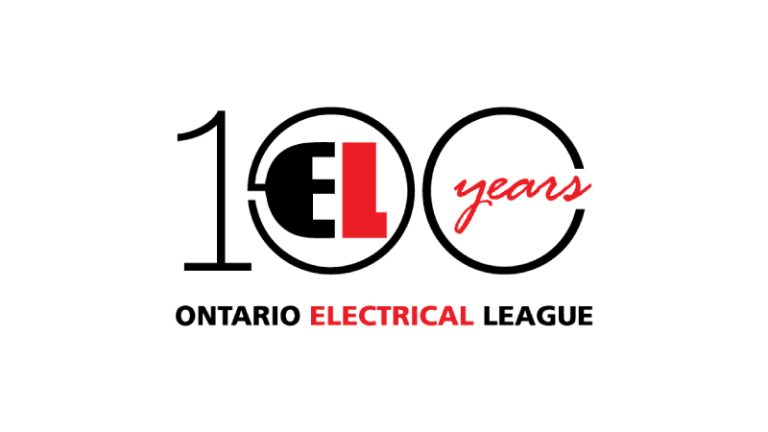New Request for Proposals and Tools to Deploy Thousands More EV Chargers Across Canada

July 15, 2024
The federal government has launched a new new request for proposals (RFP) under the Zero Emission Vehicle Infrastructure Program (ZEVIP). The RFP will support the deployment of EV chargers, including fast chargers, in public places across Canada such as highways and public lots. The RFP will also support the deployment of chargers at private locations, including multi-unit residential buildings, workplaces and where on-road vehicle fleets are serviced.
Applications will be accepted until September 19, 2024.
This funding will deploy thousands of new chargers across Canada, building on the Government of Canada’s progress to deploy 84,500 EV chargers across Canada, including through ZEVIP, the Canada Infrastructure Bank (CIB)’s Charging and Hydrogen Refuelling Infrastructure Initiative, and incentive credits under both the Electric Vehicle Availability Standard and the Clean Fuel Regulations.
In addition to investments by provinces, territories, municipalities and the private sector, the federal government has supported approximately 20% of the nearly 30,000 public chargers that are operating in Canada. As a result, there were 70 percent more EV chargers in Canada in 2023 than in 2022, with thousands more on the way each year.
Supporting Deployment Through Tools and Research
Today, Natural Resources Canada released Electric Vehicle Charging Infrastructure for Canada: Updated forecasts of vehicle charging needs, grid impacts and cost for all vehicle segments (2024 EV Charging Needs Report).The independently produced report assesses the country’s charging landscape, guides decision-making and informs investment needs, including by provinces, territories, municipal governments and the private sector.
The 2024 EV Charging Needs Report provides a detailed regional analysis of public and private charging needs for both light-duty vehicles and medium- and heavy-duty vehicles, together with related grid readiness requirements and investments. The report highlights that a coordinated effort is needed from all levels of government, industry, utilities and other private-sector stakeholders to continue to accelerate deployment.
Additionally, to help investors, stakeholders, provinces, territories and communities determine the most suitable locations for chargers, the Government of Canada has developed the National Public EV Charging Planning Map.
These evidence-based tools will support the deployment of chargers in the areas with the greatest public charging need, including along routes, highways and communities.
Canadians are making the switch to electric vehicles, reducing their energy costs while driving down emissions. The Government of Canada will continue to support them in accelerating toward a prosperous, net-zero future, including by ensuring all new passenger vehicles sold in Canada are zero-emission by 2035; by supporting the deployment of public charging stations across the country; and by building out a Canadian-made electric vehicle supply chain that creates sustainable, good-paying jobs for Canadian workers.

















